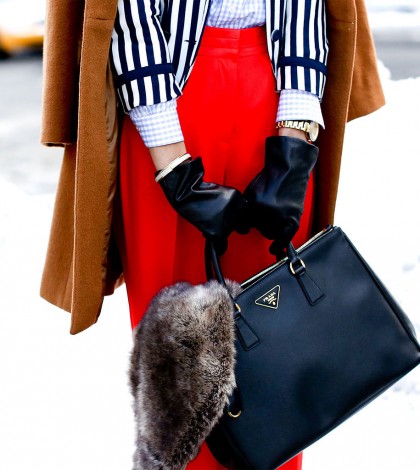Depending on someone’s fashion sense, brands can make or break a look. Minimalists and enjoyers of the indie scene prefer simple cuts that don’t reek of branding, while the new young hype culture literally cannot afford brandless clothes, opting instead to pay the highest amount for the “clout” that comes with hyped up brands.
One of the biggest reasons that this new conceptualization of logos has come into play is the growth of high-fashion brands and the growth of the market value for street clothing styles. Most of today’s youth pay exorbitant prices not for prom dresses or what one might think of when they think of high-end fashion products, but rather they pay Milan and Paris-fresh prices for sweatshirts and ripped jeans. In order to cater to this much more casual, more practical generation, high-end fashion designers have had to redesign their branding tactics and even come up with new marketing strategies entirely.
Modern street fashion and popular culture have also changed in that it does not matter to just have a logo anymore, but it matters as to how the logo is styled. Both brands and individuals have taken to great lengths to keep with the constantly-fluctuating trends regarding what is fashionable to flaunt as a logo and what takes it too far.
Modern high-fashion designers have done their best to cater to this wide variety of humanity. On the more minimal end of the spectrum, names like Céline keep their brands small but authentic. Other major names in fashion have tried to shy away from the days of old where a brand name had authority and instead choose to make identifying styles and cuts. Some fashion businesses, like Fiorucci, have the added bonus of being able to reinvent their signature every season since the founder decided not to have a set logo. These subversive techniques speak especially to modern free spirits who refuse to publicly support one brand or the other in favor of a look as neutral as their attitude.
On the other end of the spectrum, newer haute-couture brands like Supreme and the newly revitalized Gucci and Versace have started to have fun with their logos and brands in a new way. Rather than subvert and minimize, another new approach is to take the logo and make it almost comically large so that it looks like a joke. Though counterintuitive, this reimagination of high fashion branding is a way to prove that the brand is still a part of the young, fun generations. This concept, though, does not come without its risks. Brands and designers that risk the marketing success of this tactic also risk a higher amount of forgeries and fakes, so looking out for authentic products is a high-priority for haute consumers.
An old practice that is coming back into light also involves fashion designers having more than one logo associated with their lines. For example, the new Gucci lines, and some of the old vintage belts, feature multiple varieties of logo. Each one is just as authentic as the last, but the variety of logos cater to all types of people, no matter their preference for the level of branding on their clothes.
Street fashion has taken the high-end fashion runways by storm, altering not just the designs of the runway, but the branding of the new designs as well. This allows for a lot of individual freedom regarding whether or not to brand. Whatever that choice may be, there are ways to flaunt clout and live a high-fashion lifestyle without sacrificing a look to logo mania.

